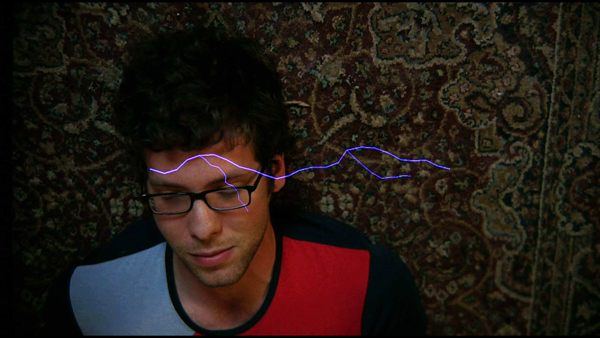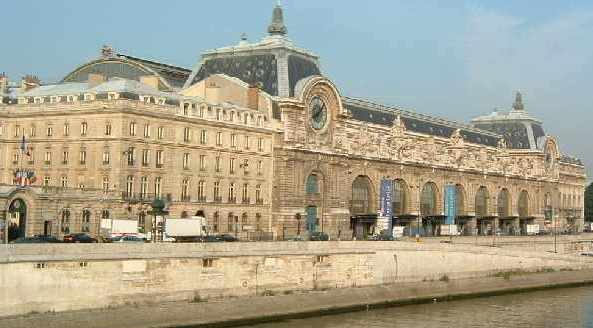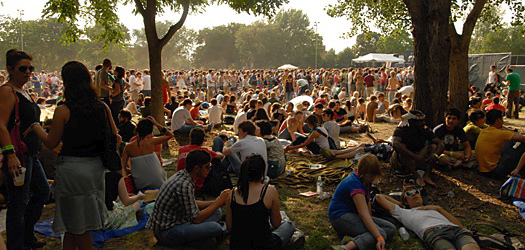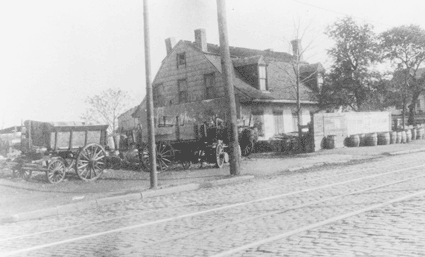
For history aficionados, New York is a treasure trove. And while one could spend a lifetime exploring the streets of Manhattan, the outter-boroughs offer a plethora of opportunities to see and experience the rich past that made this city great. Recently, we interviewed James T. Walsh about the art scene in the neighborhood of Ridgewood, Queens. But besides having a flourishing artistic community, Ridgewood has much to offer for history explorers.
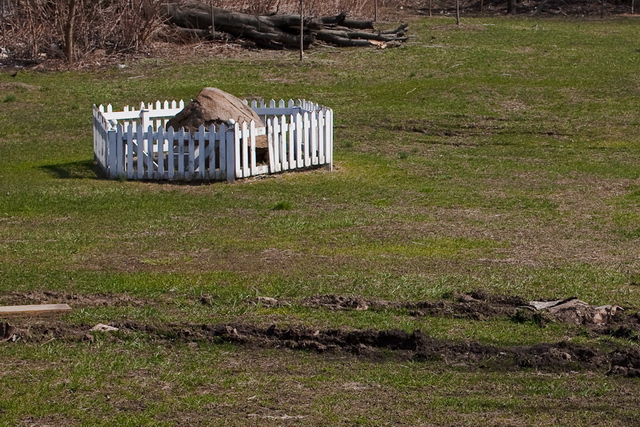
A first stop in Ridgewood would be to the Vander Ende- Onderdonk House. This is the oldest, Dutch stone historical house in New York City. Peter Stuyvesant himself granted the land the house sits on in the 17th c. A small house occupied the land in 1660 but in 1709, Paulus Vander Ende bought the property and started construction on the house seen today. The house and the large boulder behind it played an important role in the border dispute between Bushwick, in Kings County (Brooklyn) and Newtown in Queens County in 1769. The boulder became known as Arbitration Rock and became the border marker between the two towns and the two English, colonial, counties. Though the dispute was settled in 1769, the conflict reached back a hundred years to 1661 when Bushwick was the Dutch community and Newtown the new English community. An article from the time reads: “The feeling ran so high that men of one community would stone those of another.”
Though the it would be nice to think that the boulder has remained where it was for 400 years but in the 1930s, street improvements buried the rock under the ground below Onderdonk Avenue. Thankfully, in the 1990s a renewed interest in the rock grew and a seven-year archeological hunt for it began. When the rock was finally discovered, a huge crane hoisted it out of the ground in December of 2001 and planted it in the yard of the Vander Ende – Onderdonk House, a few hundred feet away. Today visitors can not only see Arbitrition Rock above ground, but can visit the colonial house. Admission is a suggested donation of $3. Make sure and also to check the house’s website for a list of their innovative events.
Once your colonial interests are satiated, head up Onderdonk Avenue to Myrtle Avenue. A left on Myrtle Ave and a right on Cypress Hills St, and then a little ways walk will find you in front of Machpelah Cemetery. It is here where Houdini is buried under an elaborate monument, along with his parents, his wife and various other family members. Houdini left money in his will to the Society of American Magicians to use for the upkeep of the grave but they are in perpetual dispute with the cemetery, who are suppose to maintain the grave, so maintenance is mainly done by the magicians themselves, admirers and visitors, who also often leave playing cards and other “magical” objects. Houdini died on Halloween and the SAM would conduct a ceremony each year at the grave on the day but large crowds eventually forced them to move the date to his death date on the Jewish calendar, in November.
Surrounding the Machpelah Cemetery are various other cemeteries, some monstrously large. Queens is the only New York City county where there are more residents that are dead, than alive.
 MUSEYON BOOKS Smart City Guides for Travel, History, Art and Film Lovers
MUSEYON BOOKS Smart City Guides for Travel, History, Art and Film Lovers
